Human sTNF RI/TNFRSF1A ELISA Kit
$299.00 – $419.00
ELISA Kit Detail Information
| Related Target | |
|---|---|
| Species | human |
| Sample Type | Serum, plasma, cell culture supernatant, and other biological samples |
| Sample Volume | 100 μL (diluent) |
| Sensitivity | 0.08 pg/mL |
| Array Range | 7.81 pg/mL – 500 pg/mL |
| Assay Time | 3.5 h |
| Recovery | 93% – 109% |
| Average Recovery | 105% |
| Intra Precision | 3.6% – 5.2% |
| Inter Precision | 5.7% - 7.3% |
| Plate | Detachable 96-well plate |
| Storage | If the reagent kit is unopened, it should be stored at 4℃. However, if it has been opened, the standard solution should be stored at -20℃, while the other components should be stored at 4℃. |
| Delivery | 4℃ blue ice transportation |
| Components | 96-well polystyrene enzyme-linked immunosorbent assay (ELISA) plate coated with anti-TNF RI monoclonal antibody Human sTNF-R1 Standard TNF RI detect Antibody Standard Diluent HRP-labeled streptavidin Assay Buffer(10×) Substrate TMB Stop Solution Washing Buffer(20×) Sealing Film |
| Assay Principle | This kit utilizes the double antibody sandwich enzyme-linked immunosorbent assay (ELISA) detection technique.Specific anti-human sTNF RI antibodies are precoated on a high-affinity ELISA plate. Standard samples, test samples, and biotinylated detection antibodies are added to the wells of the ELISA plate. After incubation, sTNF RI present in the samples binds to the solid-phase antibodies and the detection antibodies. After washing to remove unbound substances, streptavidin-HRP labeled with horseradish peroxidase is added. After washing, a colorimetric substrate, TMB, is added and the plate is incubated in the dark for color development. The intensity of the color reaction is directly proportional to the concentration of sTNF RI in the samples.A stop solution is added to terminate the reaction, and the absorbance value is measured at a wavelength of 450 nm (with a reference wavelength range of 570-630 nm). |
Related Targets
TNFRSF1A
TNFRSF1A Target Infomation Overview
- Target Symbol: TNFRSF1A, TNF receptor superfamily member 1A
- Gene Groups: CD molecules; Tumor necrosis factor receptor superfamily
- Alias: TNF-R; TNFAR; TNFR60; TNF-R-I; CD120a; TNF-R55
- Previous Names: TNFR1
- Alias Names: tumor necrosis factor receptor superfamily, member 1A
TNFRSF1A, TNF receptor superfamily member 1A Target Infomation by Species
- Human
- Mouse
- Rat
Human TNFRSF1A Target Information
- Target Symbol: TNFRSF1A, TNF receptor superfamily member 1A
- Alias:
- CD120a
- FPF
- MGC19588
- MS5
- p55
- p55-R
- p60
- TBP1
- TNF-R
- TNF-R-I
- TNF-R1
- TNF-R55
- TNF-RI
- TNFAR
- TNFR-I
- TNFR1
- TNFR1-d2
- TNFR55
- TNFR60
- tumor necrosis factor binding protein 1
- tumor necrosis factor receptor 1
- tumor necrosis factor receptor 1A isoform beta
- tumor necrosis factor receptor superfamily member 1A
- tumor necrosis factor receptor superfamily, member 1A
- tumor necrosis factor receptor type 1
- tumor necrosis factor receptor type I
- tumor necrosis factor-alpha receptor
- NCBI_Gene: 7132
- UniProtKB: P19438
Human TNFRSF1A Predicted Functions
Enables tumor necrosis factor binding activity. Involved in several processes, including cellular response to mechanical stimulus; positive regulation of nitrogen compound metabolic process; and tumor necrosis factor-mediated signaling pathway. Located in Golgi membrane; extracellular space; and membrane raft. Part of receptor complex. Implicated in several diseases, including IgA glomerulonephritis; acne; allergic bronchopulmonary aspergillosis; autoimmune disease (multiple); and autosomal dominant familial periodic fever. Biomarker of several diseases, including acquired immunodeficiency syndrome; autoimmune disease (multiple); female reproductive organ cancer (multiple); kidney disease (multiple); and lung disease (multiple).
Mouse Tnfrsf1a Target Information
- Target Symbol: Tnfrsf1a, tumor necrosis factor receptor superfamily, member 1a
- Alias:
- CD120a
- p55
- p55-R
- TNF receptor alpha chain
- TNF-alpha-R1
- TNF-alphaR1
- TNF-R-I
- TNF-R1
- TNF-R55
- TNFalpha-R1
- TNFAR
- Tnfr-2
- Tnfr1
- TNFR60
- TNFRI
- TNFRp55
- tumor necrosis factor receptor 1
- tumor necrosis factor receptor 2
- NCBI_Gene: 21937
Mouse Tnfrsf1a Predicted Functions
Enables tumor necrosis factor-activated receptor activity. Involved in several processes, including negative regulation of cardiac muscle hypertrophy; negative regulation of extracellular matrix constituent secretion; and semi-lunar valve development. Acts upstream of or within several processes, including defense response to bacterium; intrinsic apoptotic signaling pathway in response to DNA damage; and regulation of tumor necrosis factor-mediated signaling pathway. Located in cell surface and membrane raft. Is expressed in several structures, including alimentary system; extraembryonic component; hemolymphoid system; reproductive system; and respiratory system. Used to study autosomal dominant familial periodic fever. Human ortholog(s) of this gene implicated in several diseases, including IgA glomerulonephritis; acne; allergic bronchopulmonary aspergillosis; autoimmune disease (multiple); and autosomal dominant familial periodic fever. Orthologous to human TNFRSF1A (TNF receptor superfamily member 1A).
Rat Tnfrsf1a Target Information
- Target Symbol: Tnfrsf1a, TNF receptor superfamily member 1A
- Alias:
- MGC105478
- p55
- p60
- TNF-R1
- TNF-RI
- TNFR-1
- TNFR-I
- Tnfr1
- Tumor necrosis factor receptor
- tumor necrosis factor receptor 1
- tumor necrosis factor receptor superfamily member 1A
- tumor necrosis factor receptor superfamily, member 1a
- tumor necrosis factor receptor type I
- NCBI_Gene: 25625
Rat Tnfrsf1a Predicted Functions
Enables protease binding activity; tumor necrosis factor binding activity; and tumor necrosis factor-activated receptor activity. Involved in several processes, including cellular response to estradiol stimulus; regulation of apoptotic process; and regulation of cytokine production. Located in several cellular components, including cell surface; membrane raft; and mitochondrion. Part of protein-containing complex. Used to study ischemia (multiple); middle cerebral artery infarction; myocardial infarction; uveitis; and visual epilepsy. Biomarker of several diseases, including root resorption; sciatic neuropathy; transient cerebral ischemia; type 2 diabetes mellitus; and ureteral obstruction. Human ortholog(s) of this gene implicated in several diseases, including IgA glomerulonephritis; acne; allergic bronchopulmonary aspergillosis; autoimmune disease (multiple); and autosomal dominant familial periodic fever. Orthologous to human TNFRSF1A (TNF receptor superfamily member 1A).

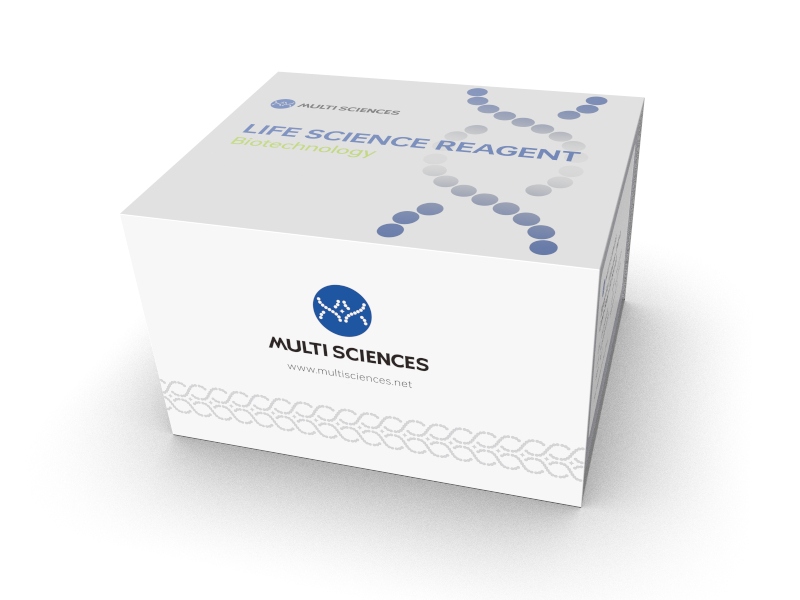
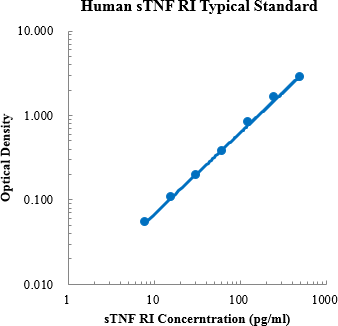
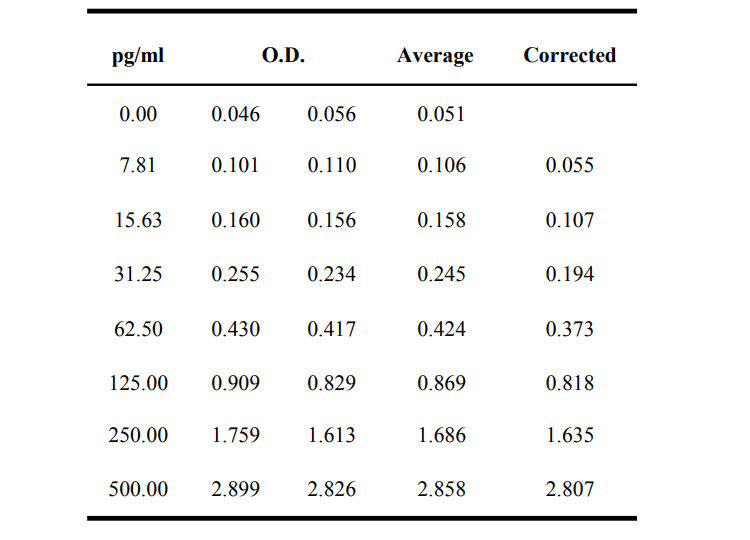

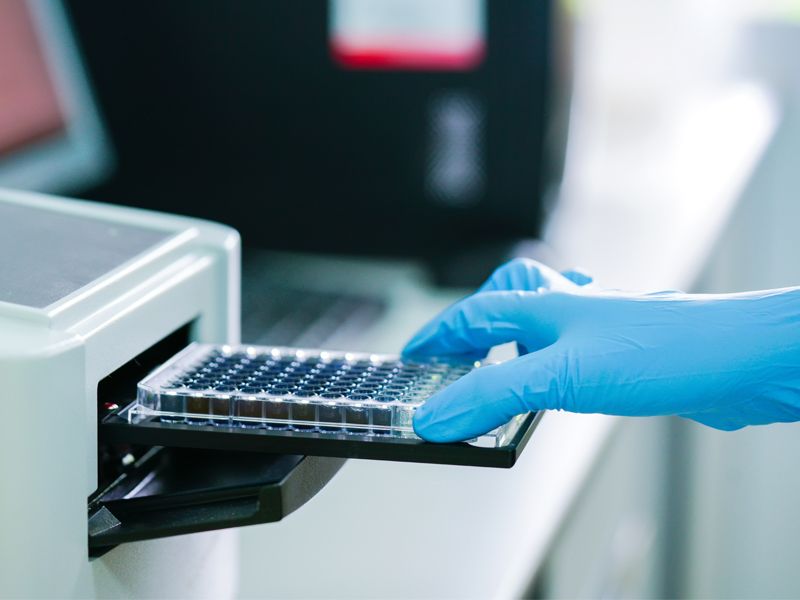

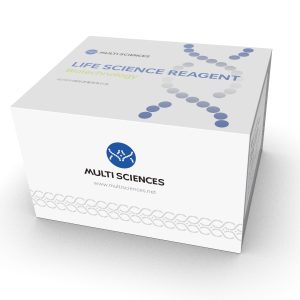
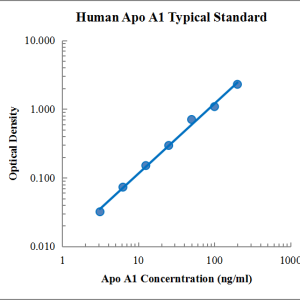
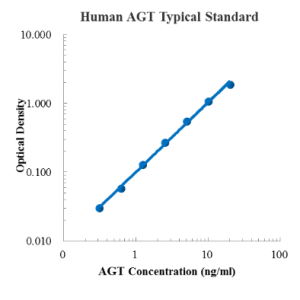
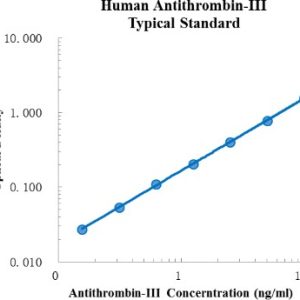
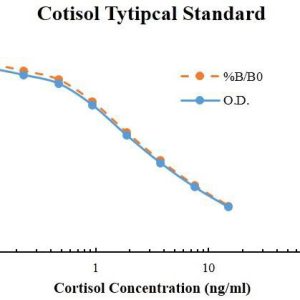
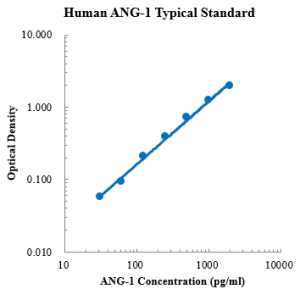
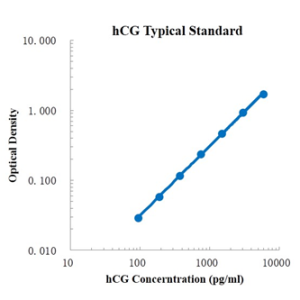
Reviews
There are no reviews yet.